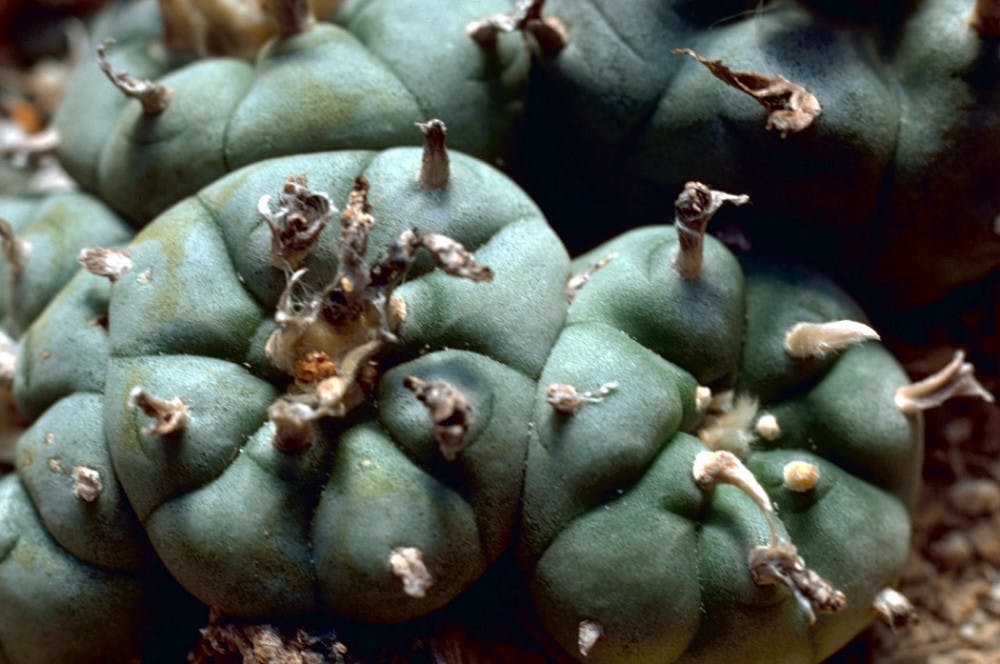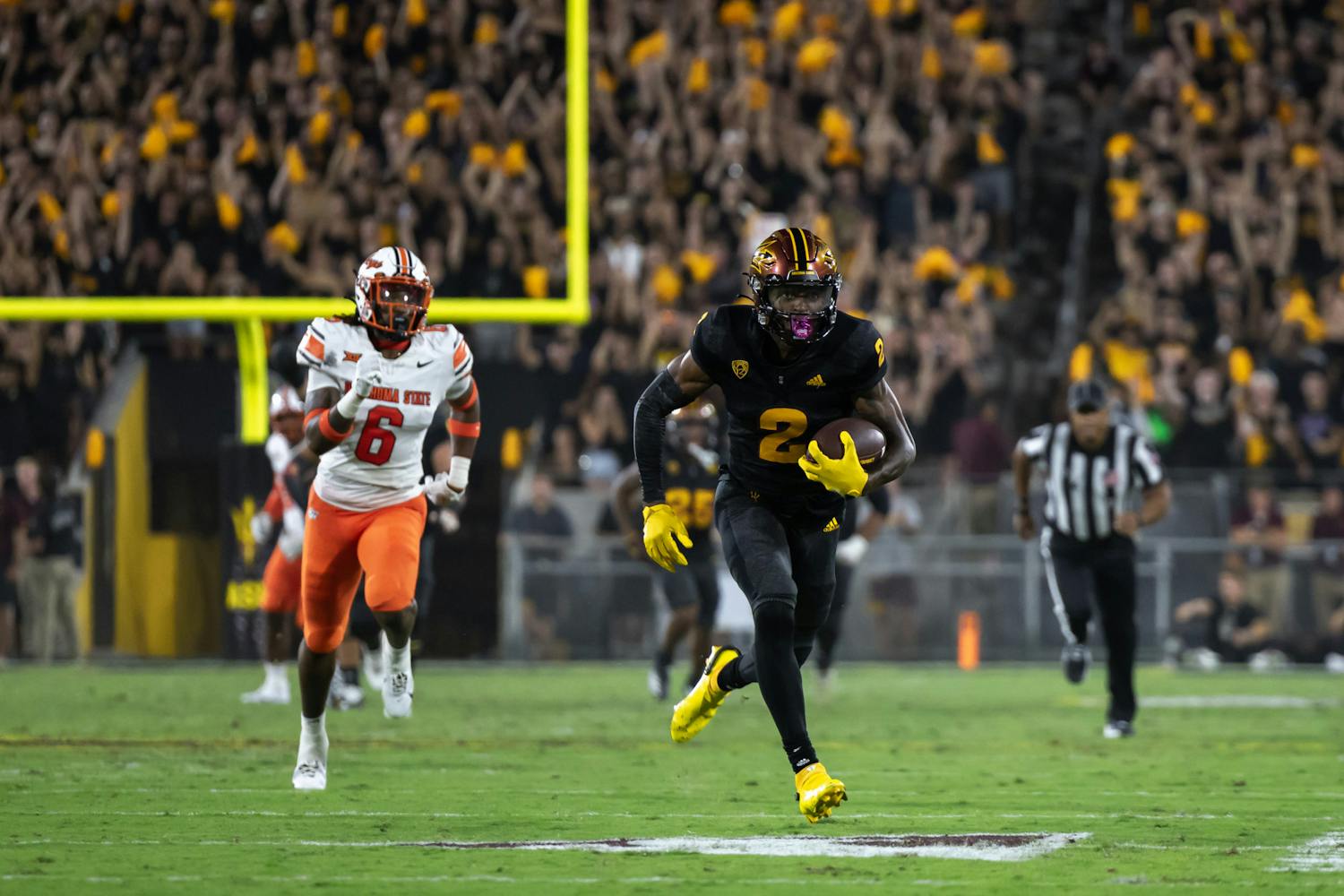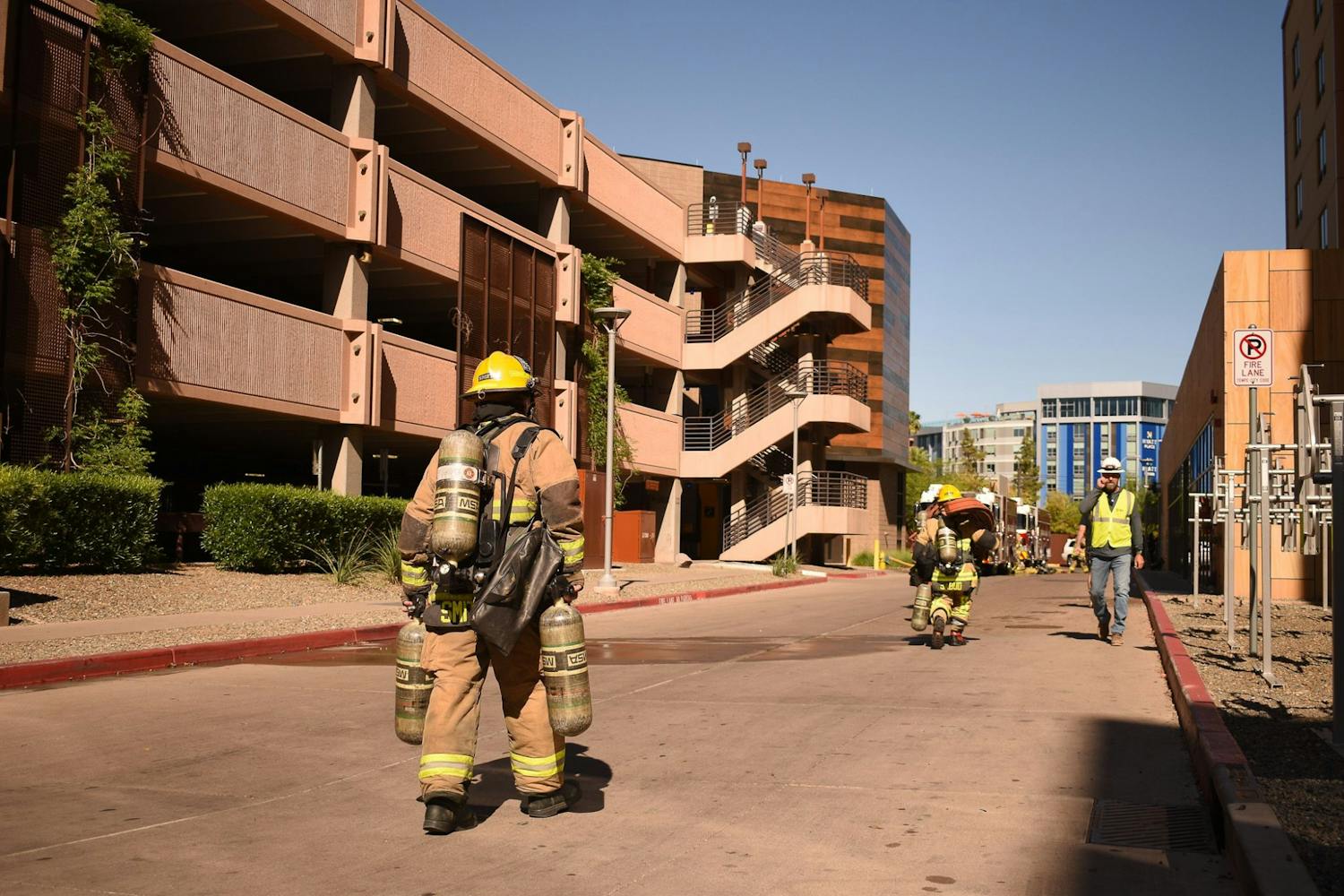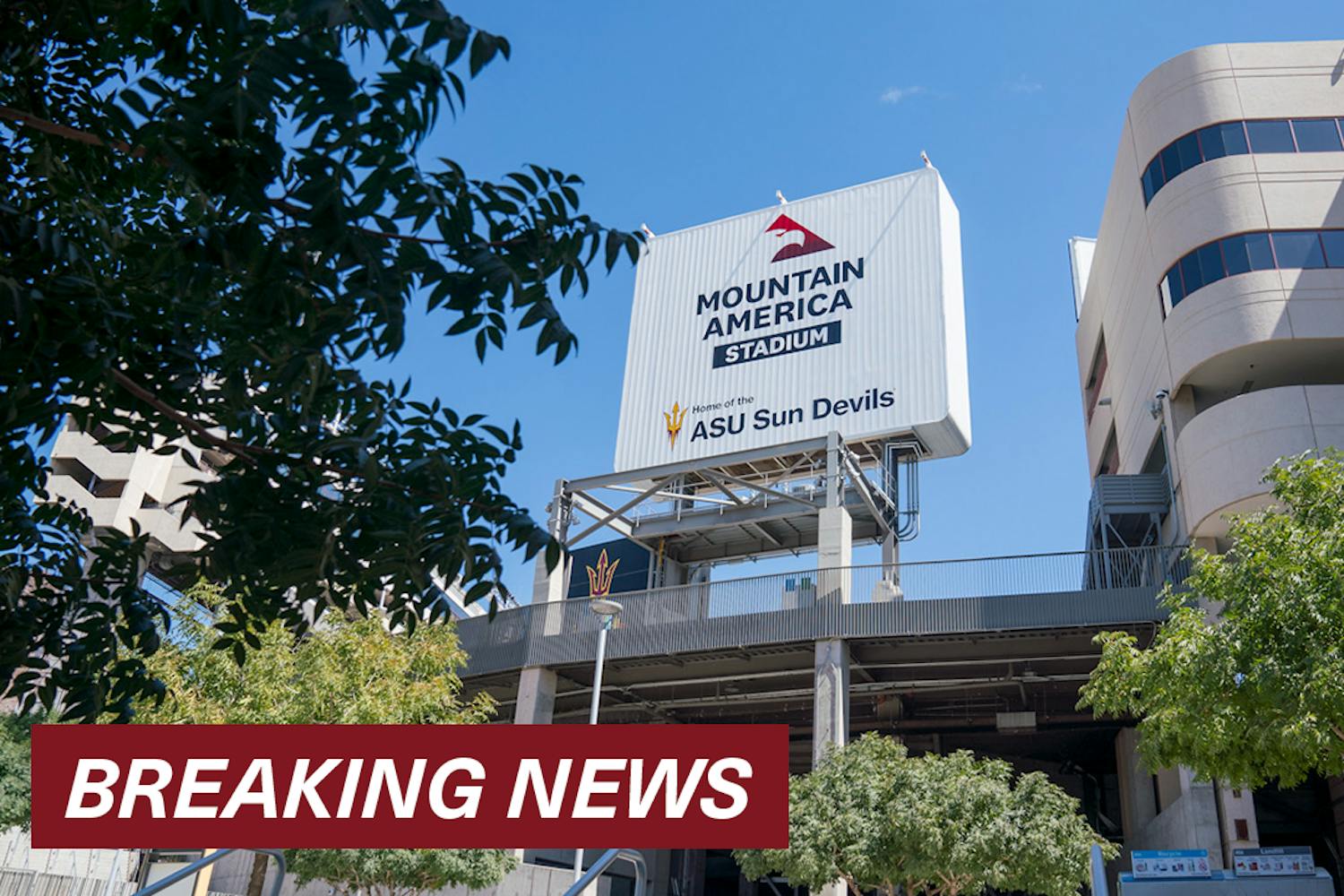An ASU institute is leading the charge in seeking natural solutions to answer contemporary and future technological and environmental problems.
The Biomimicry Center at ASU, co-directed byPrasad Boradkar and Dayna Baumeister, is a partnership between the University and Biomimicry 3.8, a social enterprise that helps innovators emulate natural design.
The center specializes in interdisciplinary teamwork and thinking to solve pressing future problems, like those relating to the environment and sustainability.
“Biomimicry thinking is making a bridge between biology and design,” Michelle Fehler, a biomimicry graduate student and lecturer, said.
By looking at nature, those studying biomimetics analyze principles in nature to identify useful functions that they can emulate and integrate into their design.
“Pay attention to little details in nature and what you see, and ask different questions to find the function behind it," Fehler said. “Other organisms have been here for 3.8 billion years, we have been here for only 200,000 years, so we're really the baby on the block."
There are deep patterns within nature that have allowed extant species to survive for as long as they have.
“You have 30 million species of solution space that you can derive solutions from,” Fehler said.
Adelheid Fischer, the co-director of InnovationSpace, a multidisciplinary makers' space led by the Herberger Institute for Design and the Arts, Ira A. Fulton Schools of Engineering, W.P. Carey School of Business and the ASU School of Sustainability for biomimicry at ASU by integrating biomimetic principles to the curriculum.
The center's co-directors capitalized on her work when they proposed the idea to provost Robert Page. With his help, the center had enough funding, and in spring of 2014, the proposal was approved.
The center specializes in interdisciplinary teamwork and solving problems facing the future — the unifying feature between each project is a natural derivation.
For example, biomimicry student Jean Farrell is working to design a building that can structurally enlarge and shrink to easier regulate the energy it uses for heating and cooling.
He drew inspiration from species like the marine iguana and Mescal buttons, which regulate their size according to the amount of available resources.
"Nature has been surviving for a long time, if it's not working, it's extinct,” Farrell said. “Nature is a library of case studies."
Other research has more direct applications to Valley residents.
One project seeks inspiration from the bioluminescence of bobtail squid and the heliotropic properties of different plants to design sails to shade metropolitan areas like Phoenix from the harsh sun.
“If nature doesn’t do something it becomes a philosophical question of whether or not you should be doing it," Brian Wilson, a student on the sun shade project, said. “Nature has a good way of naturally balancing things. There are parallels that you can see that have ramifications beyond (the problem at hand)."
Reach the reporter at lzygas@asu.edu.
Like The State Press on Facebook and follow @statepress on Twitter.




